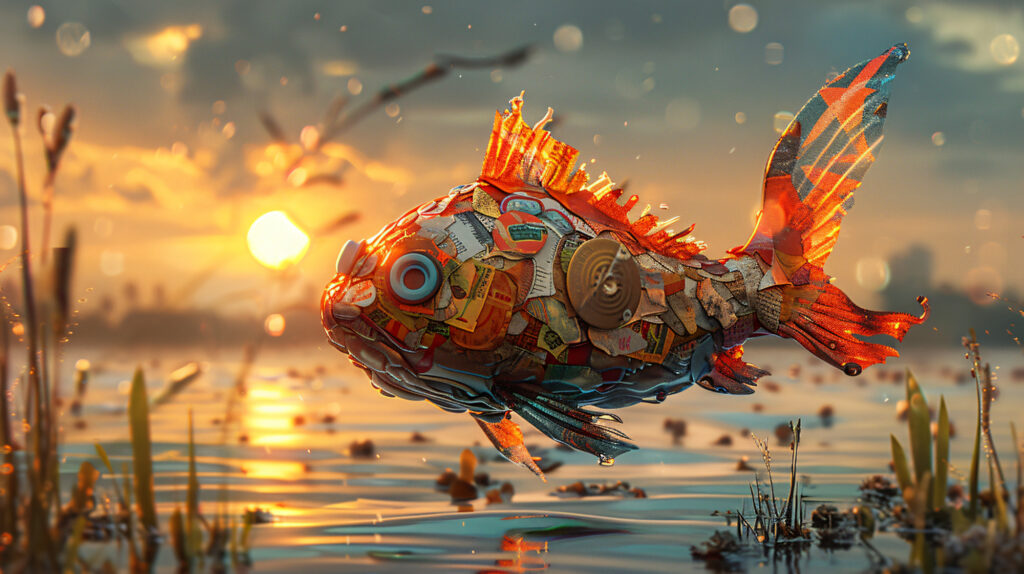Art brings people together. But artists often face hurdles when working in teams—distance, creative blocks, or lack of resources. AI tools are changing how creators collaborate, especially in a diverse country like India. AI facilitates smoother teamwork and innovation, helping creators from Bollywood to traditional crafts.

Let us now understand how AI improves artistic collaboration, empowering creators like never before.
How AI improves artistic collaboration
1. Transcending language barriers
Our country has over 120 languages and 22 official languages. This diversity enriches art but complicates teamwork. AI translation tools let artists communicate without losing cultural depth. A Tamil lyricist can share ideas with a Hindi composer in real time. A Manipuri dancer can explain ritual movements to a Mumbai choreographer. Artificial intelligence ensures everyone’s voice is heard, no matter their dialect.
2. Sparking creativity
Creative blocks halt projects. AI software scans India’s art heritage to propose new ideas. Think of a creatively stuck filmmaker receiving ideas for plots merging Kathakali dance with sci-fi themes. A Jaipur block printer views AI-created patterns, blending traditional florals with contemporary abstract shapes. Such sparks enable teams to innovate without duplicating prior work.
3. Simplifying feedback
Revisions take time when teams work remotely. AI reviews drafts and flags issues early. A Kerala mural artist gets instant notes on colour balance. A Pune animator learns which storyboard scenes confuse test viewers. Fixes happen faster, keeping projects on schedule.
4. Preserving fading arts
Many Indian art forms risk disappearing as masters age. AI creates digital guides to save these skills. For example, it scans rare Thangka paintings from Ladakh, showing exact brush techniques. Rajasthan’s Kathputli puppeteers record performances—AI breaks down movements for trainees. This helps new artists learn traditions faster.
5. Matching the right partners
Finding collaborators with matching styles is tough. AI studies artists’ past work and goals to suggest ideal partners. A Kolkata potter might pair with a Goa ceramicist exploring fusion designs. A Chennai indie musician could team up with a Mumbai producer specialising in folk-electronica blends. Better matches mean fewer creative clashes.
6. Making tools affordable
High-end software is too costly for most Indian artists. Artificial intelligence offers free or cheap alternatives. A Varanasi weaver tests digital loom patterns without buying expensive tech. Madhubani painters use smartphone apps to digitise their work. This levels the field for grassroots creators.
7. Protecting original work
Art theft worries many creators. Artificial intelligence adds invisible tags to digital files, tracking ownership. A Warli artist shares sketches online—collaborators can add elements, but the AI credits each contribution. This reduces conflicts over who did what.
8. Adapting art for global markets
Local art often struggles abroad due to cultural gaps. Artificial intelligence tweaks designs while keeping their soul. Assamese silk motifs get resized for European fashion runways. Bengali folk tales become animated shorts with adjustable pacing. Teams test these versions before exporting, saving time and money.
Boosting regional connections
India’s northeast artists often feel isolated from mainland networks. AI bridges this gap. Manipuri dancers teach steps via motion-capture tools. Mizo poems get translated into Kannada for Bengaluru publishers. Tripura bamboo sculptors share 3D models with Chennai architects. Such links build a stronger national art community.
Reviving folk-art partnerships
Traditional arts like Chhau dance need new audiences. Artificial intelligence helps blend old and new. A Punjab farmer’s harvest songs become electronica tracks using AI tempo tools. Karnataka Yakshagana performers partner with VR developers to create immersive shows. Youngsters engage with heritage through the tech they love.
Supporting artisan livelihoods
Many crafters earn little due to middlemen. AI connects them directly to buyers. Kutch embroiderers input designs into apps—AI suggests trending colours. Thanjavur painters get pricing tips based on global demand. Cooperatives use this data to negotiate fair deals, boosting incomes.
Ethical creativity
Some fear AI might dilute traditional styles. Tools now have safeguards. For example, Artificial intelligence can’t replicate protected arts like Thanjavur paintings without master approval. Artists choose how much AI to use, keeping human creativity at the core.
Why this matters for India
Over 7 million Indians work in arts and crafts. Artificial intelligence collaboration tools can transform their careers. For instance, NBFCs (non-banking financial companies) use AI portfolios to assess loans for artisan cooperatives. Online marketplaces employ Artificial intelligence to match regional crafts with global buyers, doubling some makers’ sales.
AI doesn’t replace artists—it amplifies their vision. By solving practical hurdles, it lets creators focus on storytelling. From village workshops to metro studios, smoother teamwork means more art thrives. In a country where culture defines identity, that’s a future worth building.


